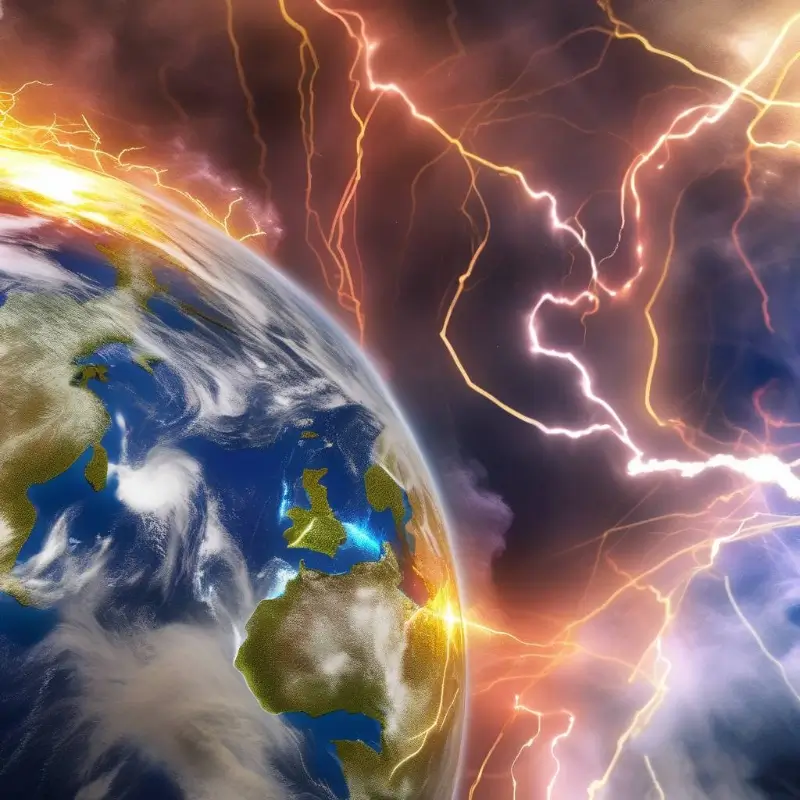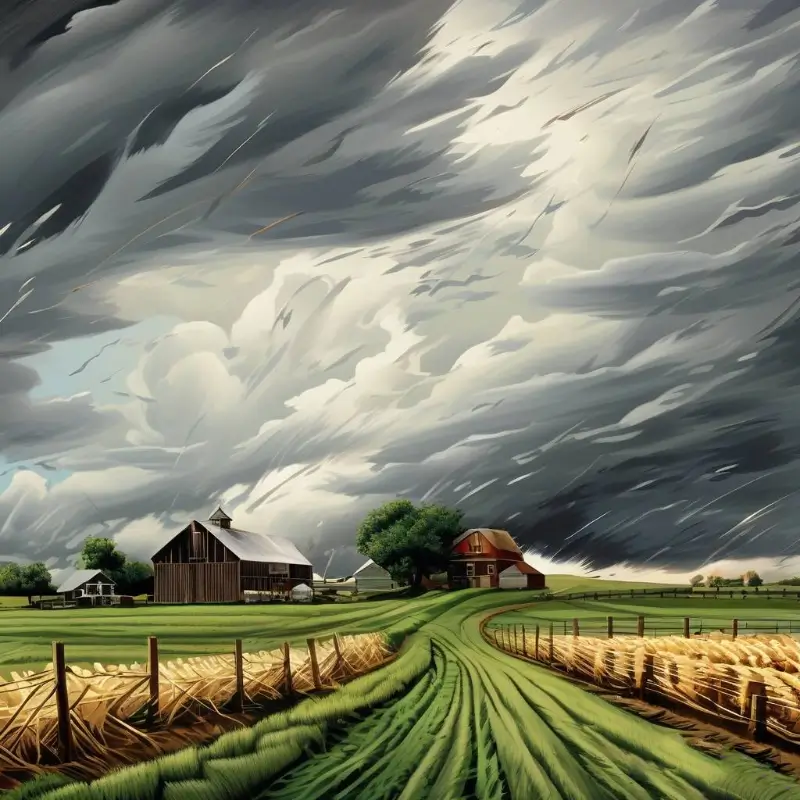why is Washington so humid?
Washington, D.C., experiences a humid subtropical climate, which is characterized by hot, humid summers and mild to cool winters. The humidity in the area is influenced by several factors:
- Geographical Location: Washington, D.C., is located near the Chesapeake Bay and the Atlantic Ocean, which allows for moist air to flow inland, increasing humidity levels.
- Atmospheric Patterns: The region is prone to weather systems that bring moisture from the south and east, such as tropical storms and hurricanes, which can increase humidity significantly.
- Piedmont Region: The Piedmont Plateau, which extends through parts of the Mid-Atlantic states, can trap heat and moisture, contributing to the humid climate.
- Forest Cover: The extensive forest cover in the area can hold and release moisture into the air, contributing to higher humidity levels.
- Urban Heat Island Effect: The concentration of buildings, concrete, and asphalt in urban areas can create what is known as an urban heat island, leading to warmer temperatures and increased evaporation, which in turn can raise humidity levels.
- Air Stagnation: During the summer, Washington, D.C., can experience air stagnation events, where winds are light and the air does not move much, allowing moisture to build up in the area.
These factors combine to create the humid conditions that are characteristic of Washington, D.C.’s climate, particularly during the summer months. The humidity can make the heat feel more intense, and it can also lead to comfort issues for residents and visitors, necessitating the use of air conditioning and other measures to manage indoor humidity levels.



